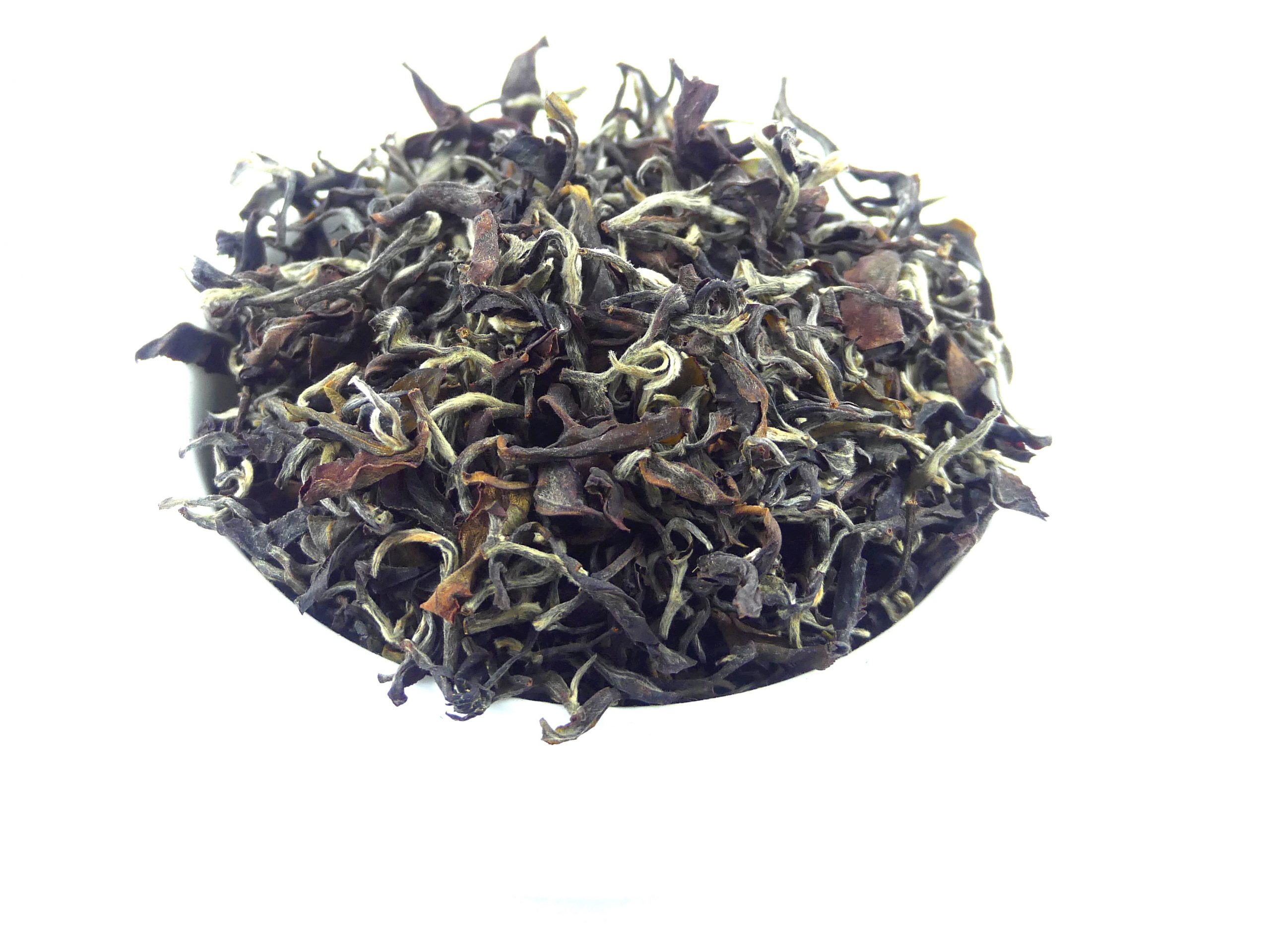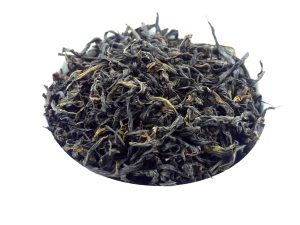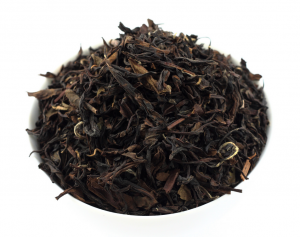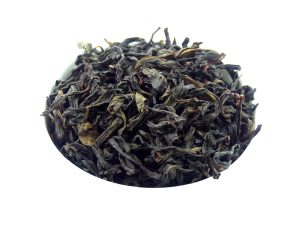Popis
In the so-called Golden Triangle, just a few kilometres from the border of Laos and Myanmar, is the mountain Doi Mae Salong. This rich and beautiful mountain, with an altitude of between 1 200 and 1 800 metres, is particularly suitable for growing tea leaves and other cash crops. Temperatures on the mountain vary quite dramatically between day and night, allowing for slower growth of tea leaves, which then have a sweeter and more aromatic taste. Another advantage of the climate in this area is that the amount of cloud and mist that covers the area allows the tea leaves to absorb more moisture.
The Dong Fang Mei Ren tea is one of the most famous teas produced in Taiwan, but at the same time the bushes have been imported to Thailand where they have been grown with the Ruan Zhi cultivar for a couple of decades and often equal in quality to the Taiwanese ones. At the same time, we have encountered several times that some of these teas are sold in Taiwan as Taiwanese Bai Hao.
Aroma: very intense, intoxicating, attractive with dominant notes of: elderflower, fresh and dried flowers, blackcurrant, rare spices and meadow honey
Taste: very full, attractive with notes of dried flowers, elderflower, baked gingerbread, rare spices, honey with a very long finish
Harvest time: spring 2022
Place: Doi Mae Salong
Country: Thailand
Weight: 25 g
……………………………..
Introduction to Thai tea
Thai teas have lately been ranked among the most interesting in the world and manage comparisons with the most famous tea regions. Modern Thai tea production is linked to the initiative of the government and the Thai royal family to replace opium production with tea at the end of the last century.
After the end of the Chinese Civil War in 1949, the Kuomintang army fled to Taiwan and Burma. In the mid-1970s, those who settled in Burma were ostracized and expelled by local militias. At that time, the Thai king invited the remnants of the Kuomintang to settle in northern Thailand and protect Thailand’s borders and territory. The families were given Thai citizenship. In the 1980s and 1990s, they began working in tourism, fruit farming and tea production to generate income for ethnic minorities and replace opium and drug cultivation.
In the early 1990s, tea growers in northern Thailand received great support and inspiration from the Taiwanese and Chinese tea industries to develop high-quality oolong in Thailand, thanks to their deep connection through their shared Kuomintang history and Chinese diaspora, which resulted in Chinese settlements in Taiwan and northern Thailand.
The history of tea in Thailand goes back much further, of course.
Chinese immigration to the area began some time ago, perhaps thousands of years ago, so tea may indeed have been indigenous or cultivated here long ago. There was also a trade route from China to India through this area until at least the second century BC, perhaps even earlier.




